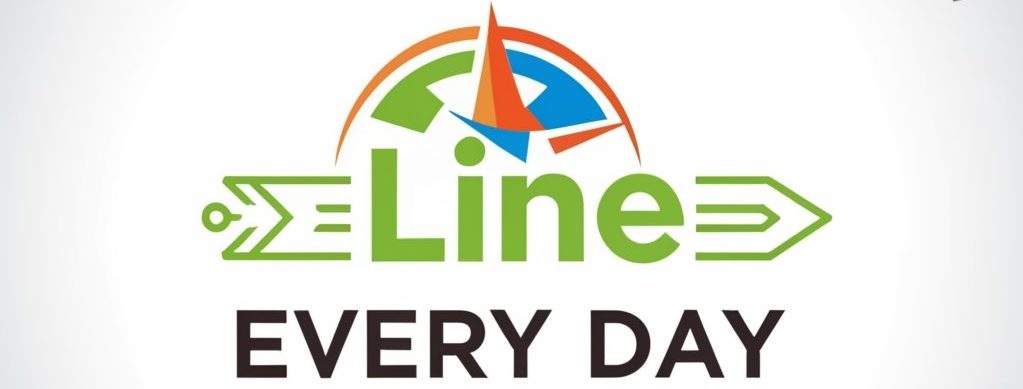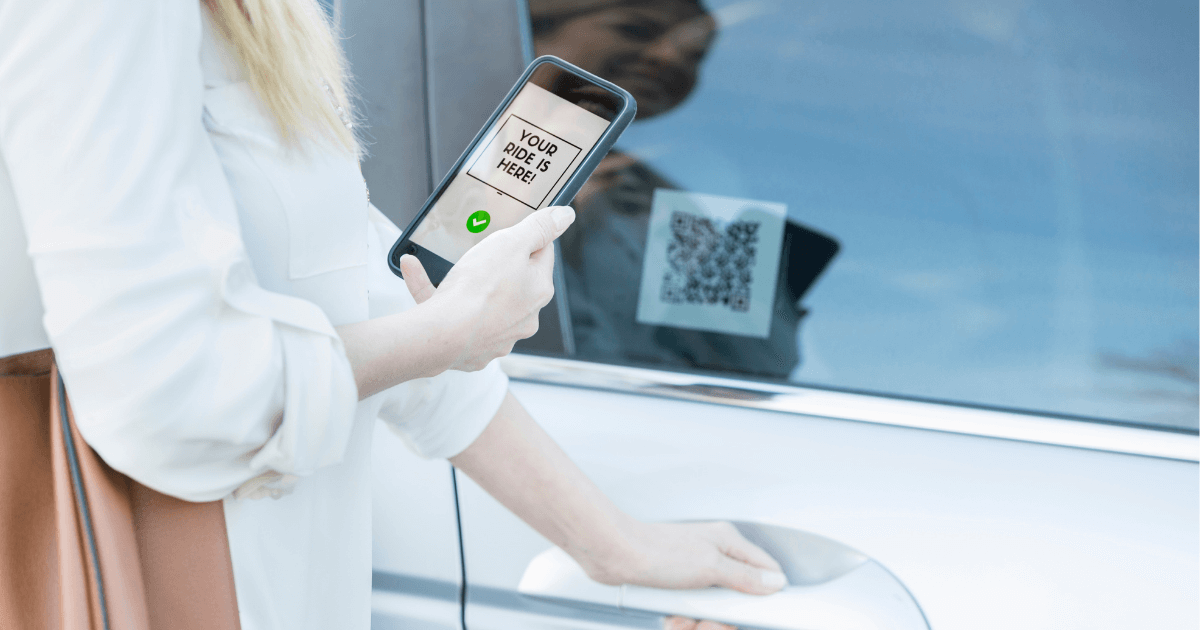Quick Response (QR) codes have evolved from their humble beginnings as a manufacturing tool into an indispensable aspect of our daily lives. These square matrix barcodes have seamlessly integrated into various industries, providing quick and efficient ways to access information, make transactions, and enhance user experiences. In this article, we explore the practical uses of QR codes in everyday life and how they have become an integral part of our routines.
1. Mobile Payments:
QR codes have revolutionized the way we handle transactions, particularly in the realm of mobile payments. Popular payment apps like PayPal, Venmo, and various banking apps utilize QR codes for secure and contactless transactions. Users can simply scan a merchant’s QR code to make a payment or receive funds, eliminating the need for physical cash or card transactions.
2. Contactless Menus:
In the wake of the global pandemic, the hospitality industry has embraced QR codes as a solution for contactless menu access. Restaurants, cafes, and bars now provide QR codes on tables or at entrance points, allowing customers to scan and view menus on their smartphones. This not only reduces physical contact but also provides an efficient way to update menus and incorporate multimedia elements like images and videos.
3. Marketing and Advertising:
QR codes have become a staple in marketing and advertising campaigns. Businesses use QR codes on posters, flyers, and product packaging to provide consumers with instant access to additional information, promotions, or interactive content. By scanning a QR code, users can be directed to a website, video, or promotional offer, creating a seamless bridge between physical and digital marketing channels.
4. Travel and Boarding Passes:
The travel industry has embraced QR codes for streamlined and paperless processes. Boarding passes, event tickets, and hotel check-ins often feature QR codes, allowing travelers to access and manage their bookings directly from their smartphones. This not only enhances convenience but also contributes to a more sustainable and eco-friendly approach to travel documentation.
5. Healthcare and Medication Information:
In the healthcare sector, QR codes are used to provide instant access to patient information, medical records, and medication details. Prescription labels often include QR codes that patients can scan to access comprehensive information about their medications, including dosage instructions, potential side effects, and other relevant details.
6. Product Packaging and Authentication:
QR codes on product packaging serve multiple purposes. Consumers can scan QR codes to access product information, user manuals, and customer support. Additionally, QR codes are employed for product authentication and anti-counterfeiting measures. Brands use unique QR codes that can be verified to ensure the authenticity of the product.
7. Education and Learning Materials:
In educational settings, QR codes are used to provide quick access to supplementary learning materials. Textbooks, posters, and educational resources often incorporate QR codes, enabling students to access videos, quizzes, or additional content that enhances their learning experience.
8. Event Management:
From conferences to music festivals, event organizers utilize QR codes for ticketing and access control. Attendees can easily scan their QR-coded tickets at entry points, streamlining the check-in process and reducing the risk of fraud.
Conclusion:
The practical uses of QR codes in everyday life have transformed the way we interact with information, make transactions, and navigate the world around us. From simplifying payments to enhancing dining experiences and improving educational resources, QR codes have become a versatile and integral tool in our modern, digital society. As technology continues to advance, the applications of QR codes are likely to expand, further ingraining them into the fabric of our everyday routines.

